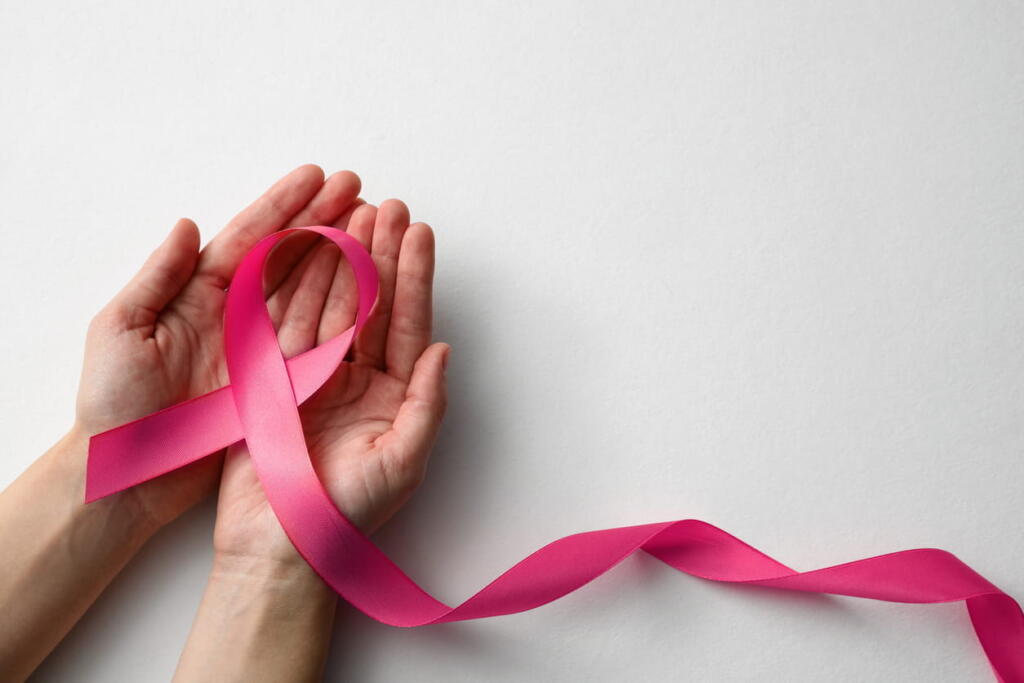
In the United States, 42,000 women and 500 men die of breast cancer every year. Considering that localized breast cancer (cancer that hasn’t spread outside of the breast tissue) has a five-year survival rate of 99%, getting regular screening tests, such as a CT scan for breast cancer can save your life. Keep reading to learn more about the importance of early detection.
Check out the Preventative Diagnostic Center and book your non-invasive scan today
Why Is Early Detection Of Breast Cancer Important?
Early detection of breast cancer is crucial because many people will not experience any symptoms of breast cancer in the early stages when it’s the most treatable and survivable. One in eight women will be diagnosed with breast cancer in their lifetime, and breast cancer is the second leading cause of cancer-related deaths in women, according to the American Cancer Society. However, it is believed that you’re less likely to die of breast cancer if it is caught early. Therefore, it’s vital to be screened to find breast cancer as early as possible in hopes that, if they find cancer, it will be less severe, and you will have the best chance of surviving it.
What Is Considered Early Detection Of Breast Cancer?
Early detection refers to finding the cancer earlier than if you had waited until symptoms had started to seek professional testing and treatment.
When Should I Start Being Screened For Breast Cancer?
The American Cancer Society recommends that every woman who is 45 or older receive an annual mammogram (an X-ray of the breasts) to check for any signs of breast cancer. Those who wish to be even more cautious can ask their doctor as soon as 40 to begin prescribing an annual mammogram. Those who are considered high risk for developing breast cancer should start breast cancer screenings as early as 30.
Who Is At High Risk For Getting Breast Cancer?
According to the American Cancer Society, someone is considered at high risk for developing breast cancer if they meet any of the following criteria:
- Have a 20-25% higher chance of getting breast cancer in their lifetime based on risk assessment tools given by their doctor
- Have been confirmed to carry the BRCA1 or BRCA 2 gene mutation
- Have a first-degree relative (a parent, sibling, or child) who carries the BRCA1 or BRCA 2 gene mutation
- Have had radiation therapy between the ages of 10 and 30
- Either have or have a first-degree relative who has Li-Fraumeni syndrome, Cowden syndrome, or Bannayan-Riley-Ruvalcaba syndrome
What Is A Low-Dose Ct Scan?
A computerized tomography scan (CT scan) takes X-ray images from various angles inside your body and then uses a computer to put the images into “slices” to better see the bones, blood vessels, and soft tissues in your body. The “low-dose” refers to the fact that CT scans do expose you to small amounts of radiation, but doctors use the smallest amount of radiation possible to make the benefits outweigh any possible risks.
What Is The Difference Between A Low-Dose Ct Scan And A Regular Ct Scan?
The only difference between a regular CT scan and a low-dose CT scan is the amount of radiation. A 2016 study displayed that a low-dose CT scan was “sufficient” for seeing detectable lesions that were present, compared to a regular dose. This led to smaller doses becoming the new norm, which makes CT scans even safer.
Related: 10 Daily Things to Avoid That May Cause Cancer
Can A Ct Scan Detect Breast Cancer?
Yes. A 2022 study displayed that CT scans can accurately detect and diagnose breast cancer with few false positives.
Early Detection For A Better Future
Breast cancer is scary, but the sooner you know whether or not you have it, the better for a more favorable outcome. Getting a breast cancer CT scan with Preventative Diagnostic Center can save your life or, at the very least, give you peace of mind knowing that everything is okay.
Schedule your scan with the Preventative Diagnostic Center today
Sources:
Basic Information About Breast Cancer. (2023).
Breast Cancer Early Detection and Diagnosis. (2022).
CT Scan. (2022).
Desperito, E., et al. (2022). Chest CT for Breast Cancer Diagnosis.
Key Statistics for Breast Cancer. (2023).
Kubo, T., et al. (2016). Standard-dose vs. low-dose CT protocols in the evaluation of localized lung lesions.
Survival Rates for Breast Cancer. (2023).

